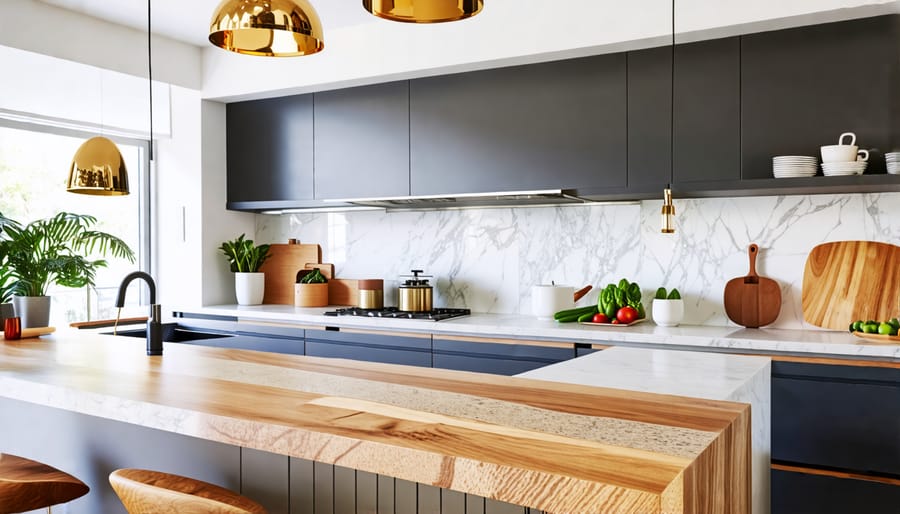Marbled wood, characterized by dramatic swirling grain patterns (flame, birdseye, fiddleback), offers stunning visual appeal. Balancing quality and budget requires understanding key factors.
Decoding Cost Factors
Cost varies significantly based on:
- Wood Species: Common species like figured Maple are budget-friendly ($8-$15/sqft). Exotic figured woods like Pommele Sapele or Bubinga command premium prices ($20-$60+/sqft).
- Figure Intensity & Rarity: Highly pronounced, consistent figure costs significantly more than subtle, scattered patterns.
- Grade: Higher grades (e.g., FAS/Select) offer larger clear areas with consistent figure; lower grades (#1 Common) have smaller clear sections and knots but retain figure (lower cost by 20-40%).
- Thickness: Thicker boards cost more per sqft.
- Source & Quantity: Small specialty suppliers often charge more than large lumberyards with figure stock.
Assessing Quality for Value
Look beyond the figure for smart spending:

- Grain Consistency: Desirable figure should be present across most of the board face in your intended cutting sizes.
- Structural Integrity: Inspect for excessive warping, twisting, or large splits affecting usability.
- Knots & Defects: Verify defects are manageable for your project. Tight, sound knots can be acceptable (and cheaper) in figured wood.
- Moisture Content (MC): Ensure wood is properly dried (~6-8% MC for interior use) to prevent movement issues.
- Finish Appearance: Request samples finished similar to your final look; some figure pops better with specific stains/dyes.
Making Smart Budget Choices
Maximize impact while controlling cost:
- Target Lower Grades: Utilize #1 Common for smaller components or areas where small knots are acceptable.
- Consider Domestic Species: Figured Maple, Cherry, or Ash offer dramatic looks at a fraction of exotic figured woods.
- Use Veneers: Apply figured veneer over stable plywood/mdf for large panels/doors (dramatic savings).
- Focus on Key Elements: Reserve expensive figured wood for focal points (e.g., drawer fronts, tabletops, center panels). Use plainer wood elsewhere.
- Buy Board Foot Lumber: Buying rough lumber saves vs. surfaced material; requires planing/thicknessing capability.
- Be Flexible: Have an alternative pattern/species in mind and be ready to purchase when good figure at a fair price appears.
Prioritize structural integrity and figure presence over perfection. Strategic use of grade, species, and application maximizes visual impact within budget constraints.







